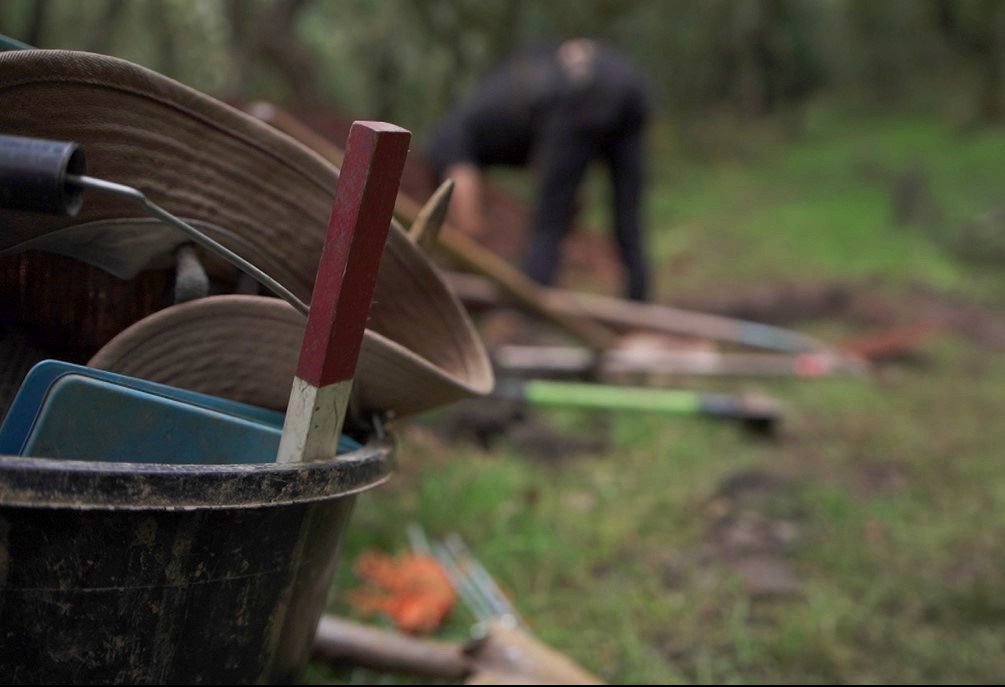Dowsborough Hillfort


Dowsborough Hillfort is arguably the most impressive of the many prehistoric monuments on the Quantock Hills. Believed to date from the first millennium BC, Dowsborough occupies a striking vantage point with spectacular views across the Severn Estuary; the defensive bank and ditch earthworks which enclose the site remain imposing to this day.
The presence of a barrow, believed to date from the Bronze Age, suggests that Dowsborough was a significant location for people for perhaps at least 1,500 years before the construction of the hillfort. Later folkloric stories portray Dowsborough as the site of a Viking camp and even the home of a dragon, the notorious Gurt Wyrm of Shervage Woods.
However, Dowsborough is also on Historic England’s Heritage at Risk Register. The site suffers from poor drainage which forces visitors off the informal footpath and onto the ramparts, causing erosion of the site.
In order to address this, in September 2021, the QLPS together with archaeologists from the South West Heritage Trust undertook drainage works on the site. This process allowed 60m of path to be drained, not only tackling a significant threat to the monument, but also providing a rare opportunity for the ramparts of this Scheduled Ancient Monument to be archaeologically investigated. Two 1m wide trenches were excavated through the ramparts of the hillfort and recorded archaeologically. A third, shallow trench was then dug along the footpath and a drainage system installed to drain water beneath the ramparts, away from the path and into the hillfort ditch.
The excavations identified the prehistoric land surface at the time the ramparts were constructed. The ramparts appear to have been built is a single phase of activity. However, no diagnostic finds which may have provided a date for construction were recovered during the investigations. The creation of the ramparts was clearly a major undertaking, but the excavations suggest they were of a relatively simple construction, with no evidence of a retaining wall, internal walkway or palisade fence being identified. You can read the full report here.






